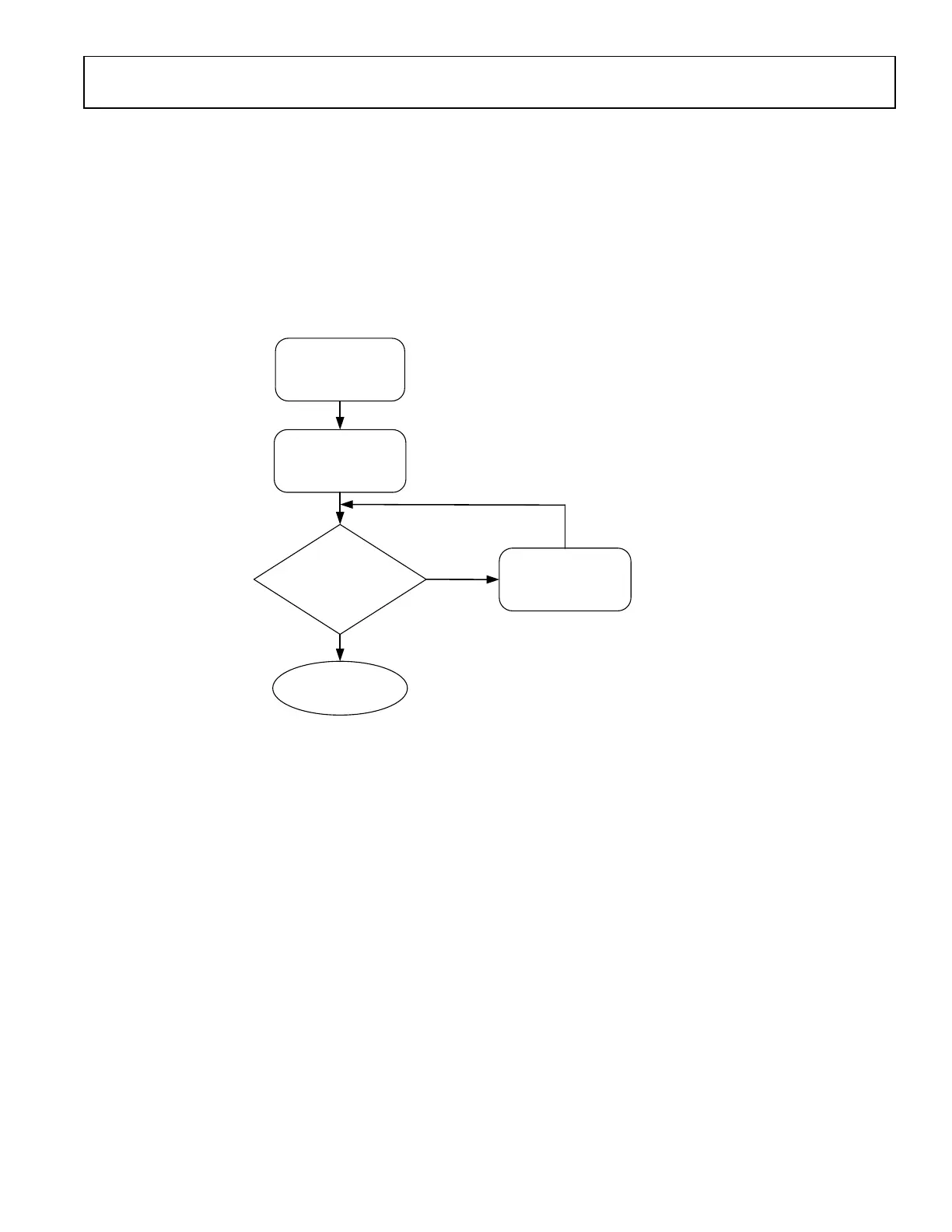Preliminary Technical Data UG-1828
Rev. PrB | Page 217 of 277
Figure 211. External LO Impedance Matching Network
Table 96. EXTLO1± and EXTLO2± Impedance Matching Network
L324
C349
L325
L326
C319
R356
R321
C357
C362/363
C364/366
L330/332
C320/321
L331
L333/335
C322/323
L334
R350
60 MHz – 6
GHz
MiniCircuit
s
TCM1-
83X+
L324:
DNI
C317:
DNI
L325:
0.33nH
( AVX
L0201)
C349: DNI
R318: DNI
L326:
DNI
C319:
DNI
R356:
DNI
R321:
DNI
R319:
0 Ω
C357:
DNI
R357:
DNI
C362/363:
DNI
R326/327:
DNI
R328/329:
DNI
C364/366:
470 pF
(Murata
GRM03)
L330/332:
0.82 nH
( AVX L0201
)
C320/321:
DNI
R310/354:
DNI
L331:
DNI
C352:
0.3 pF
(Murata
GJM03)
L333/335:
1.2 nH
( AVX L0201
)
C322/323:
DNI
R311/355:
DNI
L334: DNI
C353: 0.3
pF
(Murata
GJM03)
R350:
DNI
C373:
DNI
6 GHz – 12
GHz
MiniCircuit
s
NCR2-123+
L324:
DNI
C317:
DNI
L325:
DNI
C349: DNI
R318:
0 Ω
L326:
DNI
C319:
DNI
R356:
DNI
R321: 0
Ω
R319:
DNI
C357:
DNI
R357:
DNI
C362/363:
: 470 pF
(Murata
GRM03)
R326/327:
DNI
R328/329:
DNI
C364/366DN
I
L330/332:
DNI
C320/321:
DNI
R310/354: 0
Ω
L331:
DNI
C352:
DNI
L333/335:
DNI
C322/323:
DNI
R311/355: 0
Ω
L334: DNI
C353: DNI
R350:
DNI
C373:
DNI
A single-ended external LO signal can be applied by bypassing balun interface and installing appropriate impedance matching network
comprised of L324/C317, C349/L325/R318, and L326/C319 and AC-coupling cap of C357. Additionally, a large cap for C373 should be
installed to provide an ac-ground for the negative side of input pins to internal buffer circuitry.
EXTERNAL LO IMPEDANCE MATCH MEASUREMENT DATA
External RF Port Impedance Match Measurement Data for 60 MHz to 6 GHz Band Match
Return loss was measured on EXT LO RF ports of eval boards and plotted on Figure 211; blue and pink curves represent three different
return loss measurements and black dotted line represents simulated return loss curve. Simulated Insertion loss including balun loss is
plotted on Figure 212.

